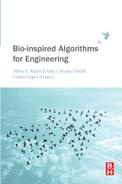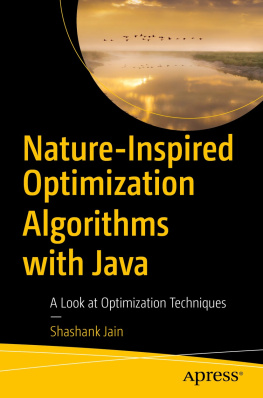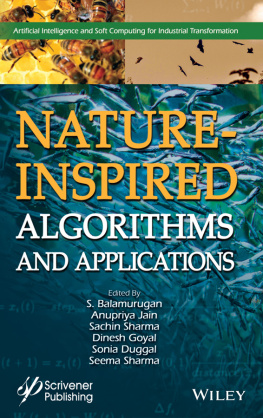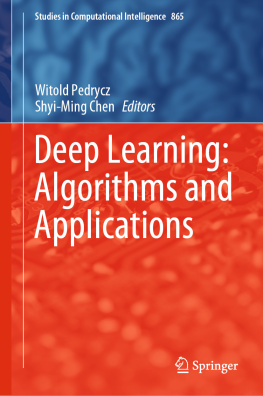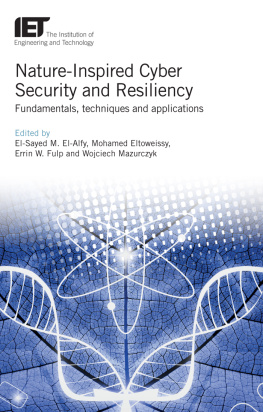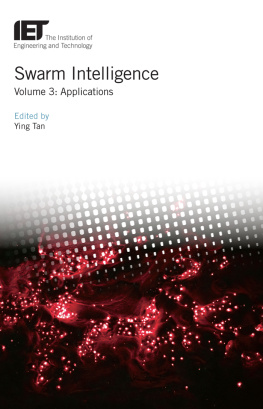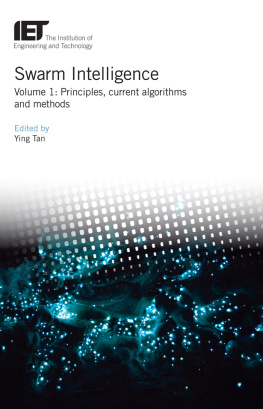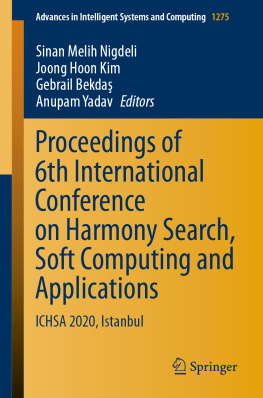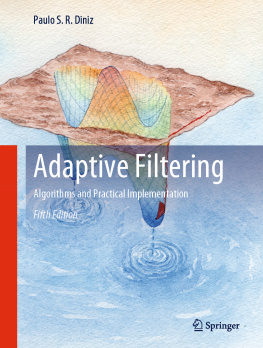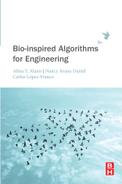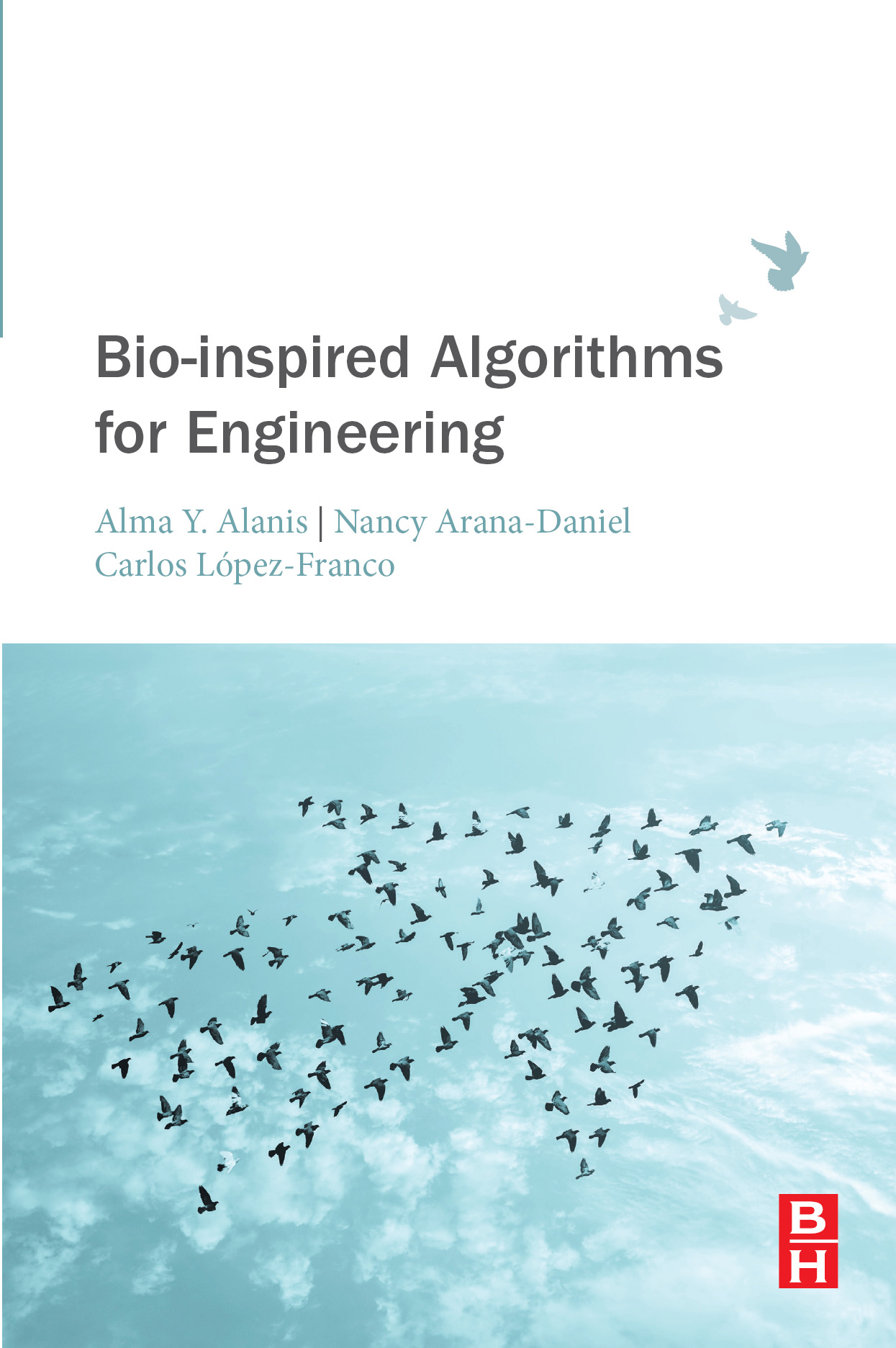Alma Y. Alanis
University of Guadalajara, University Center of Exact Sciences and Engineering, Department of Computer Sciences, Intelligent Systems Research Group
Copyright
Butterworth-Heinemann is an imprint of Elsevier
The Boulevard, Langford Lane, Kidlington, Oxford OX5 1GB, United Kingdom
50 Hampshire Street, 5th Floor, Cambridge, MA 02139, United States
Copyright 2018 Elsevier Inc. All rights reserved
No part of this publication may be reproduced or transmitted in any form or by any means, electronic or mechanical, including photocopying, recording, or any information storage and retrieval system, without permission in writing from the publisher. Details on how to seek permission, further information about the Publisher's permissions policies and our arrangements with organizations such as the Copyright Clearance Center and the Copyright Licensing Agency, can be found at our website: www.elsevier.com/permissions.
This book and the individual contributions contained in it are protected under copyright by the Publisher (other than as may be noted herein).
Notices
Knowledge and best practice in this field are constantly changing. As new research and experience broaden our understanding, changes in research methods, professional practices, or medical treatment may become necessary.
Practitioners and researchers must always rely on their own experience and knowledge in evaluating and using any information, methods, compounds, or experiments described herein. In using such information or methods they should be mindful of their own safety and the safety of others, including parties for whom they have a professional responsibility.
To the fullest extent of the law, neither the Publisher nor the authors, contributors, or editors, assume any liability for any injury and/or damage to persons or property as a matter of products liability, negligence or otherwise, or from any use or operation of any methods, products, instructions, or ideas contained in the material herein.
Library of Congress Cataloging-in-Publication Data
A catalog record for this book is available from the Library of Congress
British Library Cataloguing-in-Publication Data
A catalogue record for this book is available from the British Library
ISBN: 978-0-12-813788-8
For information on all Butterworth-Heinemann publications visit our website at https://www.elsevier.com/books-and-journals

Publisher: Marr Conner
Acquisition Editor: Sonnini R. Yura
Editorial Project Manager: Natasha Welford
Production Project Manager: Anitha Sivaraj
Designer: Christian Bilbow
Typeset by VTeX
Dedication
The first author dedicates this book to her husband, Gilberto, her mother Yolanda, and her children: Alma Sofia and Daniela Monserrat.
The second author dedicates this book to her husband, Angel, her children Ana, Sara, and Angel, as well as her parents Maria and Trinidad, and her brothers and sisters: Rodolfo, Claudia, Nora, Carlos, Ernesto, Gerardo, and Paola.
The third author dedicates this book to his wife, Paty, and his children: Carlos Alejandro, Fernando Yhael, and ker Mateo.
Preface
Alma Y. Alanis
Nancy Arana-Daniel
Carlos Lpez-Franco Guadalajara, Jalisco, Mexico
Bio-inspired algorithms have become an important research area due to intent to emulate nature in order to help solve real-life complex problems, particularly for optimization. Due to the high level of enthusiasm generated by successful applications, the use of bio-inspired algorithms to solve complex optimization problems in a heuristic way has become a well-established methodology. This book proposes novel algorithms, including combined well-known bio-inspired algorithms, to solve real-life complex problems in classification, approximation, vision, pattern recognition, identification, and control. Rigorous analyses as well as unique applications of these algorithms are also presented.
Most research in this field has two main focuses: one dedicated to solve academic problems (complex but only with academic meaning) and the second, to develop more bio-inspired algorithms. The work is intended to alleviate well-known problems such as slow convergence, stagnation in local minimal, and high computational complexity, among others.
In this book authors present a set of real-life bio-inspired algorithms applications, including intelligent pattern recognition, object reconstruction, robot control and vision, intelligent identification, and control of nonlinear systems. Nevertheless, the main drawback of this book is that the proposed methodologies are designed to deal with a wide range of engineering problems and not limited to applications selected to show their effectiveness. The proposed applications of each methodology, however, is at the level of state of the art of their respective field. The wide range of considered applications shows the capacity of bio-inspired algorithms to solve real-life problems.
The main goal of this book is to facilitate the application of many proposed bio-inspired algorithms developed in last few decades to real-life problems and not limit the same to an academic context. To achieve this, the book covers both theoretical and practical methodologies to allow readers greater appreciation regarding the implementation of bio-inspired algorithms.
The vast majority of other books related to bio-inspired algorithms and a great number of scientific papers only show the respective algorithms, pseudo-codes, flux diagrams, etc. but do not include real-life problems; they are limited to showing the effectiveness of bio-inspired algorithms to solve academic problems, typically benchmark functions. In this book the algorithms are presented in a rather friendly manner giving more emphasis to real-life applications and their implementation without neglecting their mathematical foundations, including both simulation and experimental results. The book also contains rigorous analysis of the proposed and/or used bio-inspired algorithms in addition to fundamental aspects of the proposed topics, development, variants, and modifications.
This book is organized as follows:
In Chapter bio-inspired algorithms are introduced, and the algorithms used in the book are presented. The latter include Particle Swarm Optimization (PSO), Artificial Bee Colony Algorithm (ABC), Micro Artificial Bee Colony Algorithm (ABC), Differential Evolution (DE), and Bacterial Foraging Optimization Algorithm (BFO).

